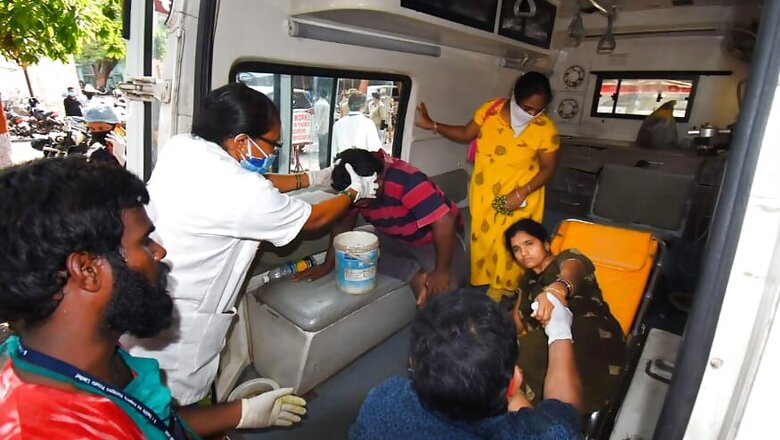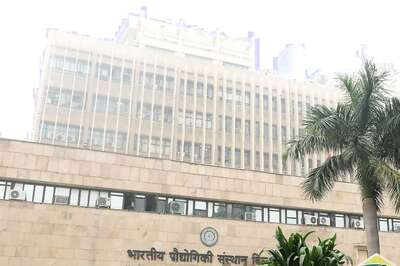
views
New Delhi: The leak of styrene gas at a polymer plant in Visakhapatnam killed 11 people and led to evacuation of thousands of people in a 3-kilometre radius. Experts reckon gas leaks usually occur due to poor maintenance, and human habitation in the close vicinity of industries handling hazardous chemicals doubles the adverse impact.
The leakage of styrene gas, which causes nausea and dizziness, occurred from LG Polymers India Pvt Ltd when the plant was preparing to resume production after easing of COVID-19 lockdown restrictions.
Speaking to IANS, Nivit Kumar Yadav, senior programme manager in the industrial pollution unit at Centre for Science and Environment (CSE), said "There was a temporary partial shutdown of the plant owing to the COVID pandemic, excluding maintenance activities in the plant, which were being carried out as per a pre-determined schedule. The problem began as a result of styrene gas not being stored at the appropriate temperature. This caused pressure to build up in the storage chamber and led the valve to break, resulting in the gas leakage."
After the Bhopal disaster, much legislation was enacted beginning with the Environment (Protection) Act, 1986 to the Public Liability Insurance Act, 1991. According to the Manufacture, Storage and Import of Hazardous Chemical Rules, 1989, styrene is classified as a hazardous and toxic chemical.
He added that the container which stored styrene gas was old and not properly maintained. "However, what seems to be the case is that the plant management, in its haste to restart the plant, ignored the protocol of doing maintenance of the plant before resuming operations. This combined with the lack of proper storage of the gas - not maintained at the temperature required - and faulty fixtures could have resulted in the accident", said Yadav.
Ravi Agarwal, Director at Toxics Link, said this plant was built in either 1969 or 1970 and it was storing hazardous chemicals. "Since it is an old plant, back then not many people were living in close vicinity of the plant, but gradually human habitation grew and eventually many people were living close to this plant. I term it illegal habitation. We need to create a buffer zone or shift the plant to another location, away from the human population", said Agarwal.
He added after this gas leak incident, it is essential to identify plants storing hazardous chemicals that are located in close vicinity of human habitation. "Need to do re-evaluation", he added.
A statement from CSE said "This (gas leak incident) shows us that there are ticking bombs out there as the lockdown ends and industries start resuming activities. Therefore, an immediate directive must go to all units to ensure safety while resuming operations -- in case the lockdown continues, these safety precautions must not be negated."




















Comments
0 comment